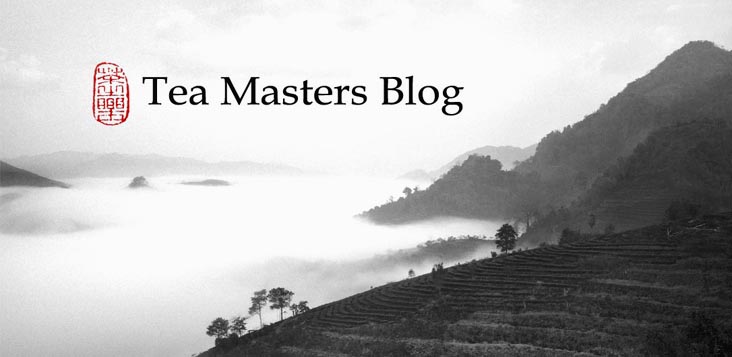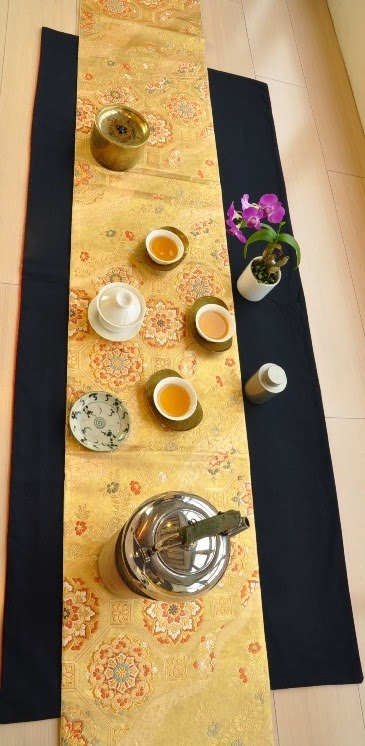Life is made of ups and downs. Let's enjoy the ride and find out how to make every moment count! It's when we push the limits that the experience becomes really memorable.
I'll always remember the moment when I was driving a busy boss on the German Autobahn (Highway) in his Mercedes Benz S320 some 20 years ago. I was at 180 km/h (112 mph) and the boss said: "Go faster, Stéphane, I have a busy schedule today." So, I was soon cruising at 200 km/h (125 mph), marveling how quiet the engine still was. The trucks seemed to have stopped, as I was passing them! It was thrilling, but mostly scary. Driving on the Autobahn at full speed wasn't something I really enjoyed. Nevertheless, I was thankful that I had been given the opportunity once (and thankful not to have been asked again!) I learned that I would never purchase a car for its speed, and I had an experience I'll never forget (and it was legal, since there are no speed limits on the German Autobahn. Don't do it anywhere else!).
Everybody reacts differently to tea. The only way to really know if
you'll love high mountain Oolong is to experience it! Today, I received
this account from Amy in California:
"I am sipping your very high altitude Winter ’14 Qingxin Oolong from Fushou Shan and it is so warming and wonderful.
I loved the dry nuggets; they look moist and tight and their color is pure and concentrated.
The brew is so clear…clarity of a treasured crystal and a beautiful warm yellow color.
The taste is full, rich and very unprocessed…perfect for me! I notice that the bouquet fills my mouth completely and lingers.
Oh, I am so happy and I count my blessings!
This
is a completely satisfying tea. Sometimes when I consume a main course,
I still crave all the sides: a veggie, some fruit, and then maybe a
cookie! But this tea is complete. This tea is all. And I fully
understand why you awarded it your “Gold Medal!”
My second cup was interrupted and completely cooled down. WOW! I like it
at room temperature. I am tasting notes that I did not taste when
warmer.
I
am going to try fridge-chill brewing with just a few nuggets! I know,
you are probably rolling your eyes with the thought of chill-brewing
this very special tea, but we are in the HIGH 80’s today…Thanksgiving
out on the patio!"
Thank you for sharing, Amy!
A great tea can provide a thrilling moment that makes life memorable. Just like a fast car, but with less danger. On a special day like Thanksgiving, it brings even more satisfaction, because it feels right to enjoy leaves that are out of the ordinary on such a day. It gives you one more reason to be thankful for your ride on the roller coaster of life.
The Chanoyu Hyaku-shu [茶湯百首], Part I: Poem 8.
6 hours ago



























































